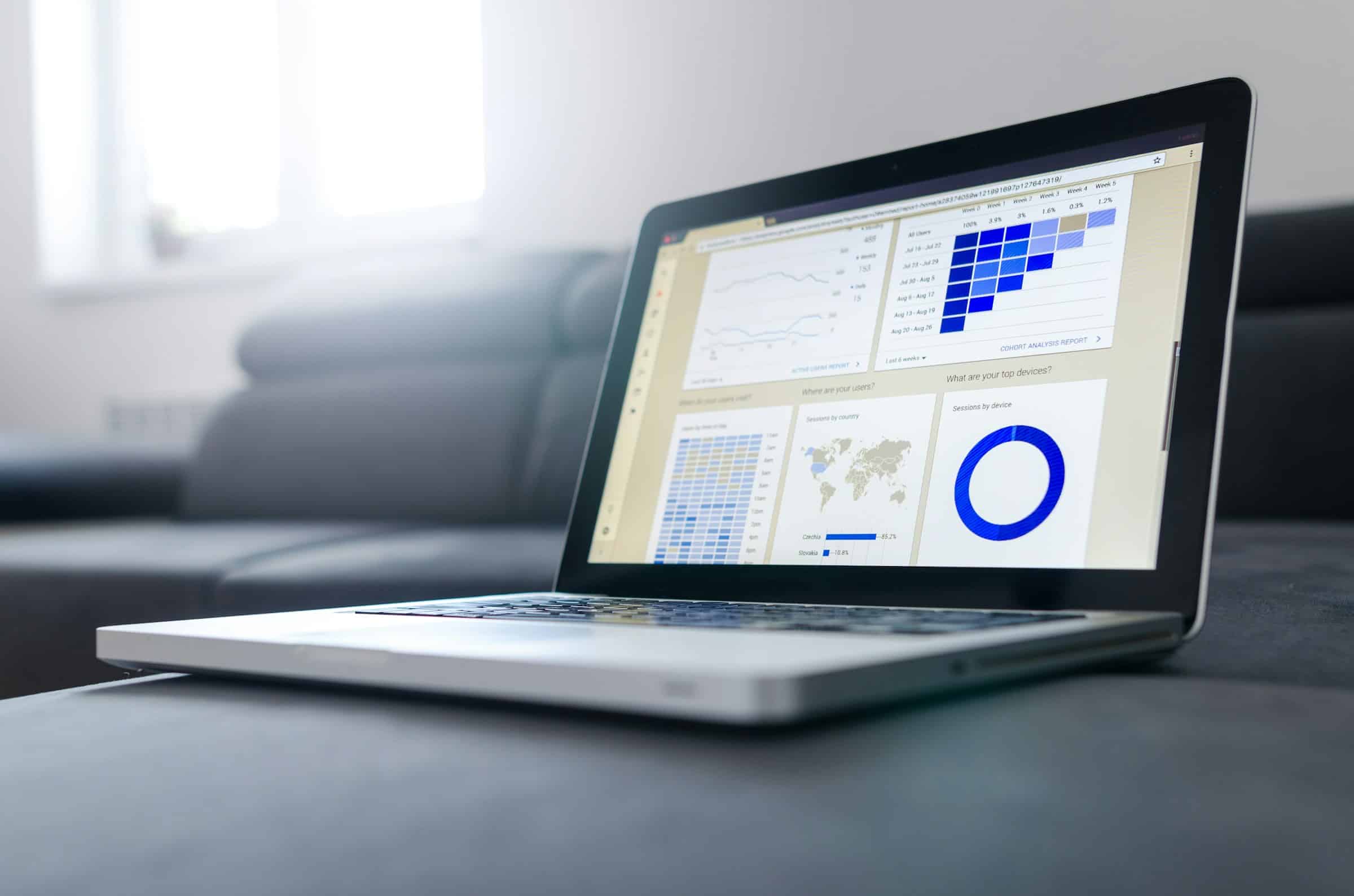How Can UK Fashion Retailers Use Big Data to Predict Trend Cycles?

If you’re in the fashion industry, you’re probably aware of the unpredictable nature of trends. Brands are consistently challenged to stay ahead of market shifts, consumer preferences, and product life cycles. Yet, the immense amount of data available today is transforming the way fashion retailers operate. The data-driven approach is slowly becoming the norm in the business world, and the fashion industry is no exception. Welcome to the world of fashion forecasting powered by big data and analytics. Here’s how the fashion retailers in the UK can leverage this transformative technology to predict trend cycles.
Harnessing Power of Big Data for Trend Forecasting
We live in an era where the amount of data being generated is growing at an explosive pace. A wealth of information is available, waiting to be harnessed. But, how can this data be structured, analyzed, and used to predict fashion trends?
En parallèle : What Are the Critical Success Factors for UK E-commerce Platforms in Rural Areas?
The answer lies in big data analytics. When used correctly, it can provide valuable insights into consumer behavior, preferences, and trends. By studying online behavior, analytics can reveal what styles, colors, or fabrics are currently popular or will be in the future. In addition, it can even predict how long a trend will last.
Brands can analyze various data points such as sales records, social media data, and online search data. For instance, the Google Trends tool provides real-time data about what consumers are searching for, allowing fashion retailers to stay ahead of the game.
A lire aussi : What Is the Best Way for UK SMEs to Navigate Post-Brexit Export Regulations?
With the use of sophisticated machine learning algorithms, brands can now predict trends before they emerge. This data-driven approach can give fashion retailers in the UK a competitive edge, allowing them to ensure they are offering their customers exactly what they want, when they want it.
Leveraging Data for Consumer-Centric Approach
In today’s digital age, it’s possible to gather detailed data about your customers. This information can be used to create a granular, consumer-centric approach.
By using data analytics, you can determine who your customers are, what they want, and how they behave. You can track their online browsing habits, purchasing history, and even their social media interactions. This information can provide a comprehensive picture of your customer’s preferences and habits.
What’s more, this approach allows for personalized marketing efforts. For example, you can tailor your online advertising based on the information gathered from customer data. This level of personalization often results in higher sales and customer satisfaction.
However, remember to always respect your customers’ privacy. Always obtain their consent before collecting their data and ensure that you adhere to all relevant laws and regulations.
Data-driven Product Development
Big data is not only useful for predicting trends and understanding consumers, but it can also play a crucial role in product development.
By analyzing data on sales, online searches, and social media, brands can identify which of their products are popular and which are not. They can also identify gaps in the market and create products to fill these gaps.
In addition, data can help retailers understand how quickly a product goes from being a best-seller to being out of style. By predicting this "product life cycle", they can ensure that they don’t overstock unpopular items, thus reducing waste and improving efficiency.
Data in Retail Operations
Big data can also be used to improve retail operations. It can be used to forecast sales, manage inventory, and streamline logistics.
Sales forecasting is one of the most crucial aspects of retail operations. By analyzing historical sales data and using machine learning models, brands can predict future sales with great accuracy. This enables them to make informed decisions about production and supply chain management.
Similarly, data can be used to optimize inventory management. By predicting which items will be popular, retailers can ensure they have the right amount of stock at the right time. This can help avoid stock-outs or overstocks, both of which can be costly.
Lastly, data can streamline logistics. By analyzing delivery times, traffic data, and other relevant information, brands can ensure timely delivery of their products. This can improve customer satisfaction and reduce costs.
The Challenge: Implementing a Data-Driven Approach
While the benefits of a data-driven approach are clear, implementing it can be a challenge. It requires investment in technology and data analytics expertise. Moreover, it requires a cultural shift within the organization.
However, the investment is well worth it. Brands that successfully implement a data-driven approach can gain a competitive edge, improve customer satisfaction, and boost their bottom line. So, despite the challenges, the potential rewards of a data-driven approach are hard to ignore.
In conclusion, it’s time for UK fashion retailers to embrace big data. By doing so, they can predict trend cycles, understand their customers better, develop in-demand products, improve their operations, and ultimately, thrive in the highly competitive fashion industry.
Driving Marketing Campaigns with Big Data Analytics
The rise of big data has revolutionised how UK fashion retailers plan and execute their marketing campaigns. With the wealth of information available, it’s now possible to micro-target customers based on their preferences, behaviour and even their likely future actions.
Data from a variety of sources such as social media, online browsing history, and purchasing data can be analysed to get a clear picture of the customer. This, coupled with trend forecasting through Google Trends and other such tools, allows for highly targeted marketing campaigns. For instance, if a certain colour or style is gaining popularity, brands can quickly tweak their marketing campaigns to capitalise on the trend.
Moreover, machine learning and artificial intelligence can be utilised to predict a customer’s future behaviour based on their past actions. This predictive analytics can help fashion brands to create personalised offers and promotions for their customers, significantly boosting the success rate of their marketing efforts.
However, the key to successful data-driven marketing is striking the balance between personalisation and privacy. It’s crucial to always get the customer’s consent and strictly follow all data protection regulations, to maintain the trust and confidence of the fashion consumer.
The Future of UK Fashion Retailers: An AI and Big Data Enabled Landscape
As we look to the future, it’s clear that big data and AI are set to play an even bigger role in the UK’s fashion industry. The use of artificial intelligence and neural networks for fashion analytics is on the rise, enabling even more accurate trend forecasting and consumer behaviour prediction.
AI can analyse vast amounts of data in real time, making sense of complex patterns and trends that would be impossible for humans to process. Such advanced analytics can be used not only for predicting trends but also for creating them. Fashion brands can experiment with different styles, colours, and fabrics in virtual reality, using AI to predict how well these will be received by the fashion consumer.
Furthermore, AI can optimise the supply chain, predicting demand for different products, ensuring efficient inventory management, and even streamlining retail operations. For instance, AI can analyse time series data to accurately forecast sales, ensuring that the right amount of stock is available at the right time.
While implementing a data-driven approach may be a challenge, it’s clear that the future of the retail industry lies in harnessing the power of big data and AI. As the use of these technologies becomes the norm, UK fashion retailers who embrace them will be better equipped to navigate the unpredictable world of fashion trends and consumer preferences.
In conclusion, the use of big data and AI in the UK fashion industry is no longer a luxury but a necessity. From trend forecasting to consumer-centric product development, from targeted marketing campaigns to efficient supply chain management, big data and AI are transforming the landscape of the fashion industry. UK fashion retailers that embrace this transformation will not only survive but thrive in the years to come.
